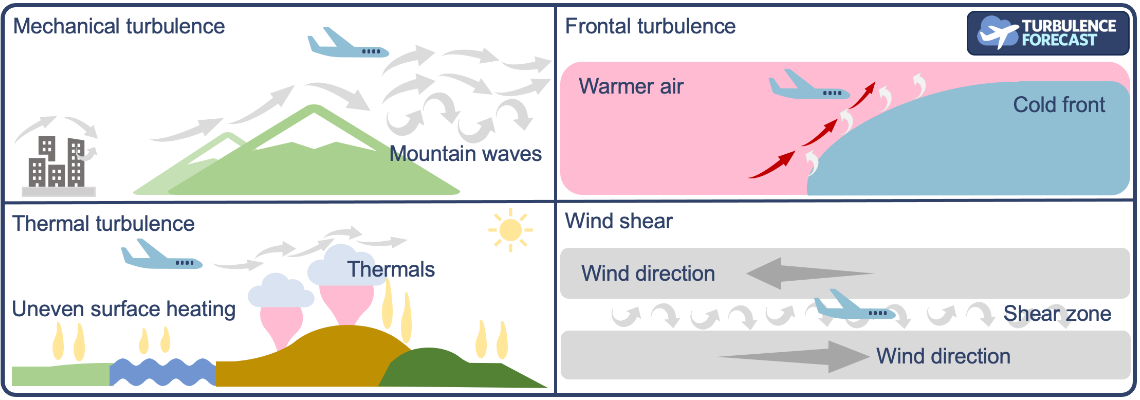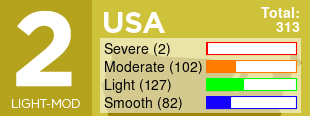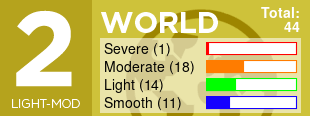Are you an Android developer and love the site? Contact us
updated (Apr 14, 2024)

(c) Turbulence Forecast 2023
What are the different types of turbulence?
Updated November 14, 2023
Different types of turbulence are caused by different factors on the ground and in the air. Understanding the physical interactions helps forecasters, pilots, and instruments calculate and predict areas of turbulence. As a passenger, you might be able to recognize some types of turbulence you experience by being aware and watching your surroundings outside. However, turbulence can occur at any time in clear air as well.
Here is an overview of the different types:
Mechanical turbulence describes any condition in which irregular objects cause friction between these obstacles and the air, which in turn causes the air to form eddies and squalls. Wind speed and air stability impact the strength of the turbulence that is generated. This type of turbulence can be caused by buildings, usually at lower flight levels, and by mountains, which can significantly contribute to turbulence at higher flight levels. These mountain waves occur downwind from mountain ranges and can extend upward through all flight levels.
Thermal turbulence, also called convective turbulence, occurs when different surfaces of the earth are heated unevenly by the sun. This kind of turbulence is most likely on sunny cloudless days, or when the clouds are above your flight level. Barren grounds, dark forests, and bodies of water, for example, absorb and reflect the sun differently. Warm air from a desert rises, and cooler air over a lake or ocean descends. These convective currents have other impacts on weather, such as the ability to form thermal clouds and produce thunderstorms.
Frontal turbulence, as the name implies, occurs where air masses of different temperatures meet each other. The most common scenario is a cold front that meets an area of warm air, which produces friction in the frontal zone where the warm air is rising when it hits the cold air.
Wind shear refers to the change in wind speed or wind direction over a vertical or horizontal distance. Wind shear occurs under specific atmospheric conditions, including temperature inversions, lows, troughs, and jet streams. Wind shear can occur vertically, for example with temperature inversions, where a layer of warm air sits above a layer of cold air. Or, it can occur horizontally, at the borders of lows or the edges of jet streams where wind directions change.
Clear air turbulence or CAT generally occurs at flight levels of 15,000 feet or higher. Causes for CAT are varied, but most often related to changes in wind speed and other wind flow patterns that cause wind shear. CAT is usually patchy and short-lived, as the underlying atmospheric conditions occur in defined areas around larger patterns.
In some cases, turbulence is the result of a combinations of these types. The intensity depends on the level of the respective wind speeds.


